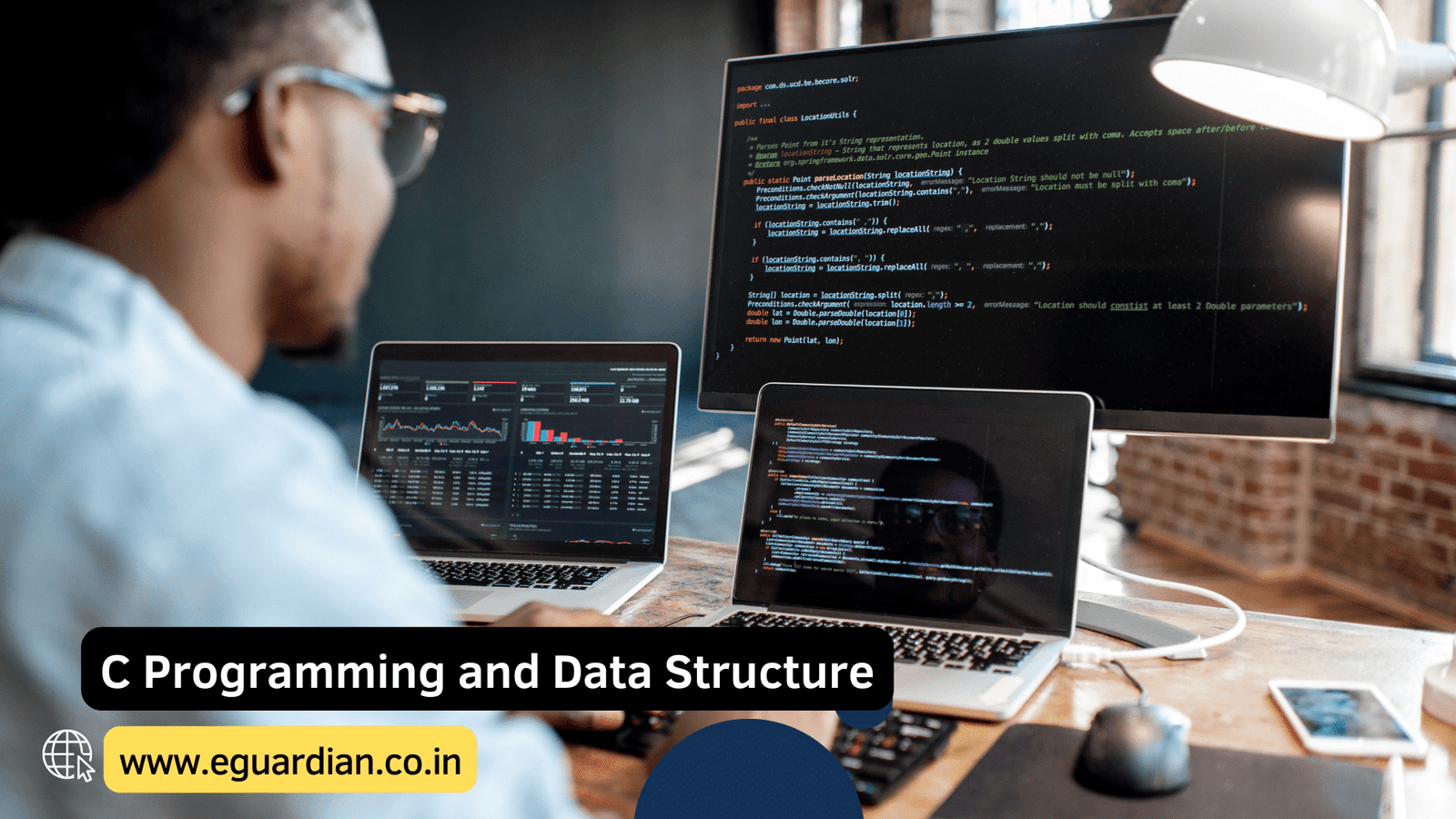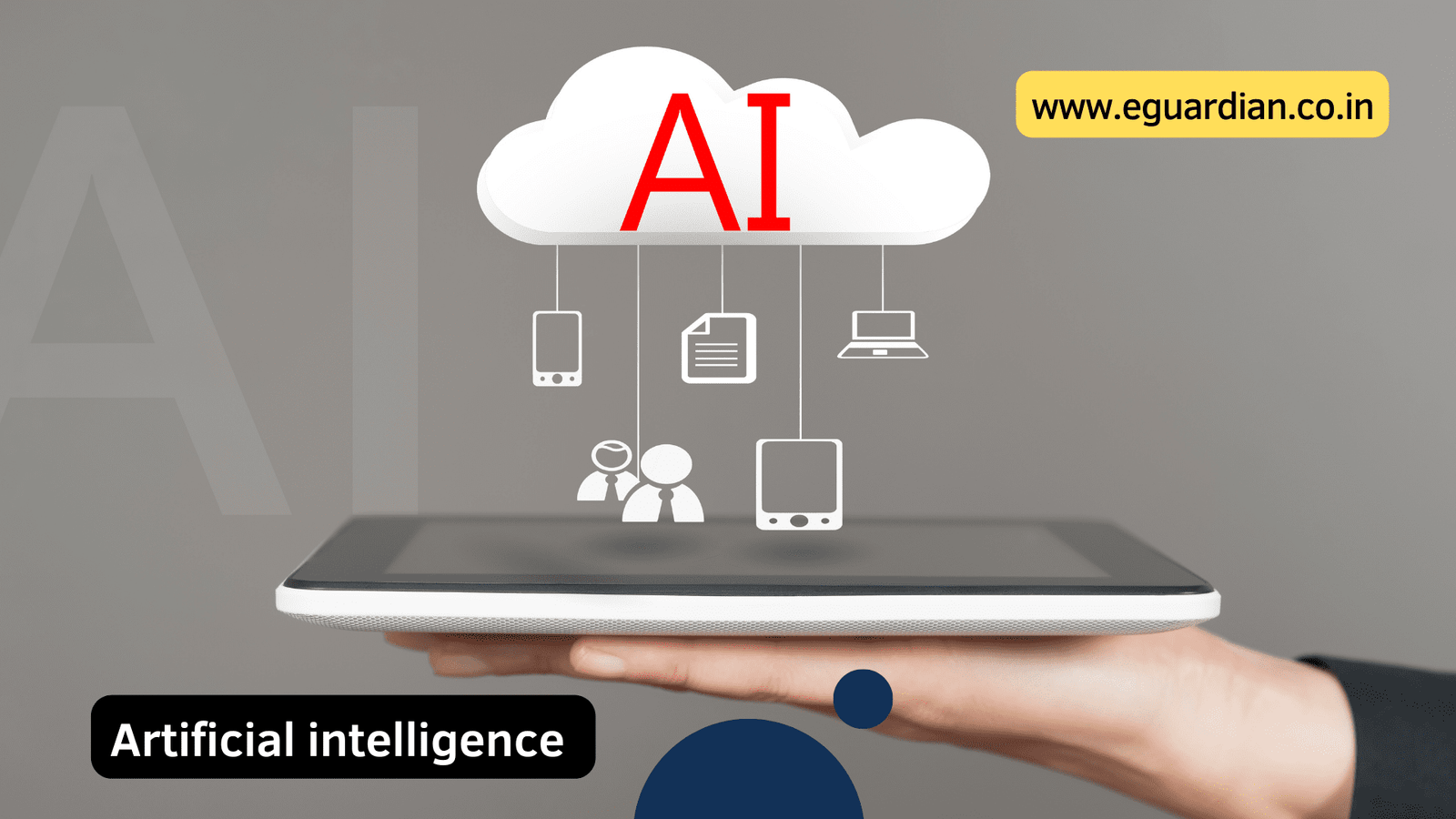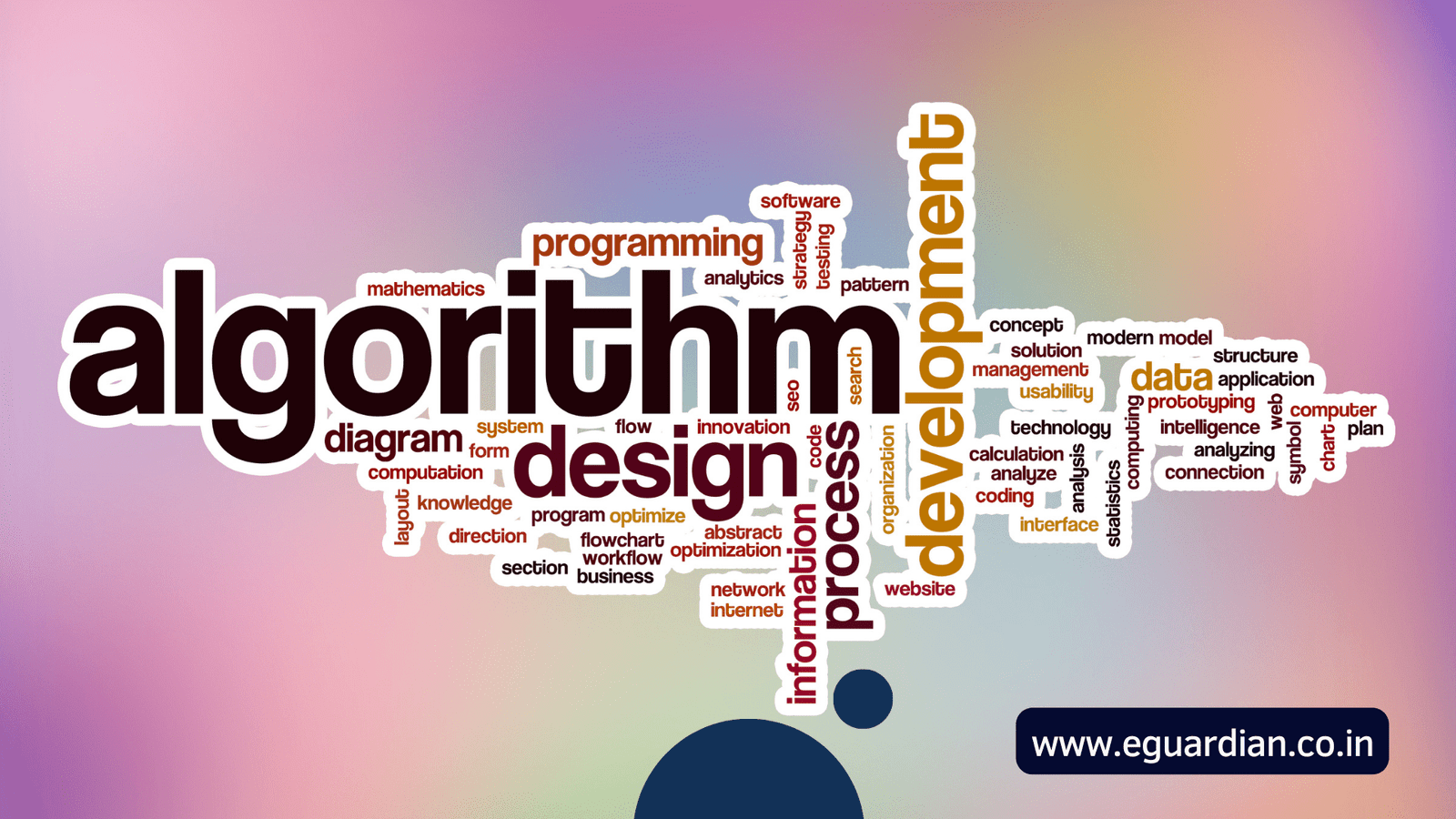Software Engineering Multiple Choice Questions with Answers doc for IT students who are preparing for academic and competitive exams 2025.

Software Engineering Multiple Choice Questions with Answers are given below:-
1. Software is a ___ rather than physical system element.
Ans. Logical
2. ___ refers to the predictability of the order and timing of information.
Ans. Information determinacy
3. ___ software is a collection of programs written to service other programs.
Ans. System
4. ___ software has been characterized by “number crunching” algorithms.
Ans. Engineering and scientific
5. ___ software resides only in read-only memory and is used to control products and systems for the consumer and industrial markets.
Ans. Embedded
6. The ___ combines elements of the linear sequential model with the iterative of prototyping.
Ans. Incremental Model
7. The ___ can be represented schematically as a series of major technical activities, tasks, and their associated states.
Ans. Concurrent Process Model
8. ___ model incorporates the characteristics of the spiral model.
Ans. Component-Based Development
9. Inserting „play full‟ bugs into programs and similar activities is called ___.
Ans. Hacking
10. ___ is an engineering discipline whose focus is the cost-effective development of high-quality software systems.
Ans. Software Engineering
11. A lack of appropriate ___ may in turn have been responsible for the shortfall in technical support.
Ans. Budgeting
12 The term ___ refers to a lack of data or the presence of inaccurate data.
Ans. Ignorance
13. Viewing ___ as isolated bits of information without making the effort to observe its correlations or interrelationships is a type of ignorance.
Ans. Data
14. The ___ Model is also called as the Classic life cycle or the Waterfall model.
Ans. Serial or Linear Development
15. ___ is actually a multistep process that focuses on four distinct attributes of a program, data structure, software architecture, interface representations, and procedural (algorithmic) detail.
Ans. Software Design
16. What do you mean by fault avoidance.
Ans. Reliability
17. The cost of software engineering includes roughly ___ of development costs and ___ of testing costs.
Ans. 60%, 40%
18. ___ refers to the support phase of software development.
Ans. Maintenance
19. Explain why fault tolerance facilities are required if the system is a failure.
Ans. Mean Time To Failure
20. Generally in which situation fault recovery process is applied.
Ans. Statistical
21. The output of the requirement analysis process is a set of ___ that present an abstract description of the system to be developed.
Ans. System models
22. ___ transforms the analysis model created using object-oriented analysis into a design model that serves as a blueprint for software construction.
Ans. Object-oriented design
23. CASE stands for ___.
Ans. Computer-Aided Software Engineering
24. The initial design process of identifying the sub-system and establishing a framework for sub-system control and communication is called ___.
Ans. Architectural design
25. A system model based on a shared database is sometimes called a ___.
Ans. Repository model
26. The ___ of architecture models the interfacing of sub-systems.
Ans. Abstract machine model
27. A good software process should be oriented towards ___ rather than fault detection and removal.
Ans. Fault avoidance
28. The most commonly used hardware fault-tolerant technique is based around the notion of ___.
Ans. Triple Modular Redundancy (TMR)
29. Occurring of an error of some kind of an unexpected event during the execution of a program is called an ___.
Ans. Exception
30. ___ is a design strategy based on information hiding.
Ans. Object-oriented design
31. In an overall sense, process models are used to enable effective ___.
Ans. Communication
32. ___ and ___ perspectives have gained greater attention as critical elements in the assessment of process models.
Ans. Project management, Software economics
33. ___ has been the critical factor in software development from its beginnings.
Ans. Time
34. The engineering of software entails inviting ___ to help tackle human problems rather than just shoehorning human problems into a software solution.
Ans. Software technology
35. ___ is supposed to address the problem part of software engineering.
Ans. Requirements engineering
36. In a comprehensive process model, metrics are extracted from ___ and ___ phases.
Ans. Pre-design, post-design
37. Effective data capture requires ___ and ___.
Ans. Data collection, data mining
38. ___ thinking is a necessity because a one-sided view of a problem will not reveal a comprehensive picture of a business or organizational problem.
Ans. Interdisciplinary
39. UML stands for ___.
Ans. Unified Modeling Language
40. A/An ___ is an entity that has a state and a defined set of operations, which operate, on that state.
Ans. Object
41. ___ is the process, which controls the changes made to a system, and manages the different versions of the evolving software product.
Ans. Configuration management
42. The process of changing a system after it has been delivered and is in use is called ___.
Ans. Software maintenance
43. ___ is concerned with taking existing legacy systems and reimplementing them to make it more maintainable.
Ans. Software re-engineering
44. The ___ includes all of the documents describing the implementation of the system from the requirement specification to the final acceptance test plan.
Ans. System documentation
45. ___ can help management to make an informed decision on whether a component should be maintained or completely rewritten to reduce future maintenance costs.
Ans. Maintainability metric
46. ___, also called renovation or reclamation, not only recovers design information from existing software, but uses this information to alter or reconstitute the existing system in an effort to improve its overall quality.
Ans. Forward engineering
47. Objects are organized into a/an ___ structure that shows how one object is composed of a number of other objects.
Ans. Aggregation
48. ___ is concerned with specifying the detail of the object interfaces.
Ans. Object interface design
49. A ___ strategy relies on decomposing the system into a set of interacting functions with a centralized system state shared by these functions.
Ans. Function oriented design
50. ___ is concerned with designing a sequence of functional transformations that convert system inputs into the required.
Ans. Data flow design
51. Testing is a process of executing a program with the intent of finding a ___.
Ans. Error
52. The Pareto principle implies that ___ per cent of all errors uncovered during testing will likely be traceable to ___ per cent of all program components.
Ans. 80, 20
53. A good test should be neither too ___ nor too ___.
Ans. Simple, Complex
54. ___, sometimes called glass-box testing is a test case design method that uses the control structure of the procedural design to derive test cases.
Ans. White-box testing
55. The ___ technique is one of a number of techniques for control structure testing.
Ans. Basis path testing
56. Black-box testing, also called as ___, focuses on the functional requirements of the software.
Ans. Behavioural testing
57. ___ leads to a selection of test cases that exercise bounding values.
Ans. Boundary Value Analysis (BVA)
58. GUI stands for ___.
Ans. Graphical User Interface
59. The first step in the testing of real-time software is to test each ___ independently.
Ans. Task
60. ___ refers to the set of activities that ensure that software correctly implements a specific function.
Ans. Verification
61. ___ begins at the vortex of the spiral and concentrates on each unit (i.e., component) of the software as implemented in source code.
Ans. Unit testing
62. ___ addresses the issues associated with the dual problems of verification and program construction.
Ans. Integration testing
63. ___ provides final assurance that software meets all functional, behavioral, and performance requirements.
Ans. Validation testing
64. The unit test is ___ oriented, and the steps can be conducted in parallel for multiple components.
Ans. White-box
65. Top-down integration testing is a/an ___ approach to the construction of program structure.
Ans. Incremental
66. ___, as its name implies begins construction and testing with atomic modules (i.e., components at the lowest levels in the program structure).
Ans. Bottom-up integration testing
67. Traditionally, software engineering has considered ___ as a resource only if they were explicitly involved in carrying out software development tasks – analysis to design for implementation.
Ans. People
68. ___ refers to a set of activities that ensure that the software that has been built is traceable to customer requirements.
Ans. Validation
69. Software validation is achieved through a series of ___ that demonstrate conformity with requirements.
Ans. Black-box tests
70. ___ tests the high levels of a system before testing its detailed components.
Ans. Top-down testing
71. ___ are used to control and coordinate software testing for each of the major testing steps.
Ans. Test management tools
72. The term ___ is too narrow to reflect adequately the variety of stakeholders who can affect or be affected by the evolution of a problem‟s definition and its eventual solution.
Ans. User
73. Many organizations currently link their corporate ___ to extranet systems accessible to their business partners.
Ans. Intranets
74. One must obtain ___ in order to validate and verify that needs and expectations are reflected in the proposed solution.
Ans. Feedback
75. In information systems, making successful IT projects is a required common denominator for overall ___.
Ans. Business success
76. A ___ can be defined as a group of individuals who have been organized for the purpose of working together to achieve a set of objectives that cannot be effectively achieved by the individuals working alone.
Ans. Team
77. In ___ the software and other system elements are tested as a whole.
Ans. System testing
78. ___ is the activity that helps to ensure that changes (due to testing or other reasons) do not introduce unintended behaviour or additional errors.
Ans. Regression testing
79. ___ involves testing the modules at the lower levels in the hierarchy and then working up the hierarchy of modules until the final module is tested.
Ans. Bottom-up testing
80. ___ is a testing strategy, which was devised for testing real-time systems.
Ans. Thread testing
81. According to Moore’s law, the density of digital chips doubles approximately every ___ but cost remains constant, thus increasing computing power but not price.
Ans. 18 months
82. Metcalfe’s law observes that networks increase in value with each additional node (user) in proportion to the ___ of the number of users.
Ans. Square
83. ___ illustrates the impact of networking power on the industry.
Ans. E-business
84. Minimization of time was behind the ___ and prototyping models.
Ans. Rapid Application Development (RAD)
85. ___ and project performance metrics were used to guide and reengineer the software-driven process modeling and the global problem-solving approaches
Ans. Business value
- You may watch these MCQs on Youtube
- System analysis and design MCQ
- Software Engineering MCQs with Answers : Set-2
Conclusion:
This collection of software engineering MCQs served as a helpful review tool. But remember, software mastery is an ongoing journey.
For an in-depth exploration, consult recent software engineering textbooks or online resources with comprehensive practice questions and explanations. By solidifying your knowledge, you’ll be well-equipped to tackle any coding challenge!


